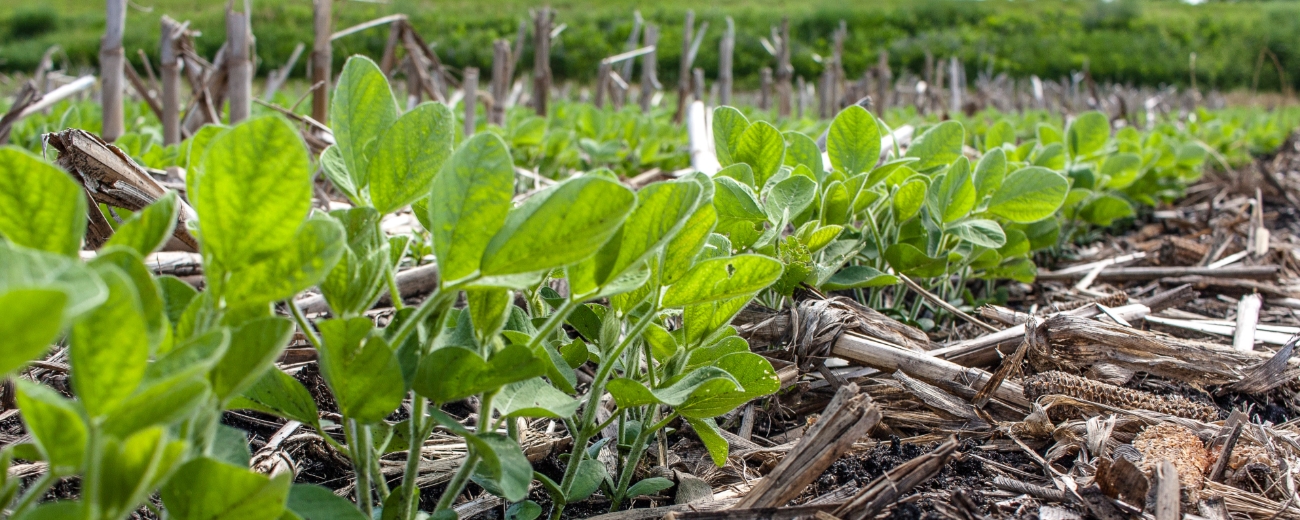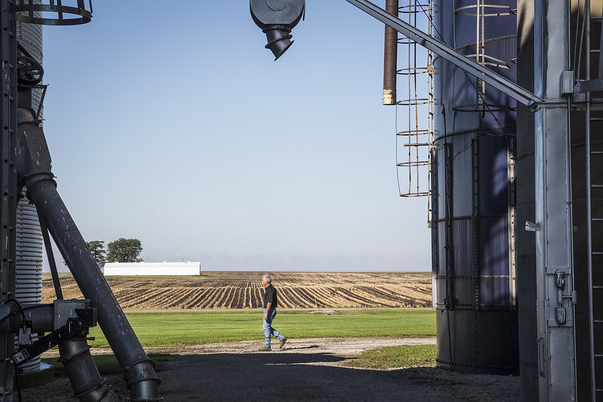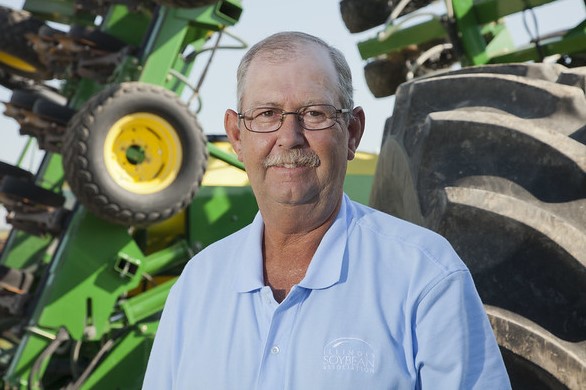Resolution Realization Photos taken before the smartphone era have significantly lower quality and resolution than what’s possible with the latest mobile devices. Modern smartphone cameras can capture extensive details that could never be seen from a pixelated flip phone camera....
Recent Posts
View All Posts →
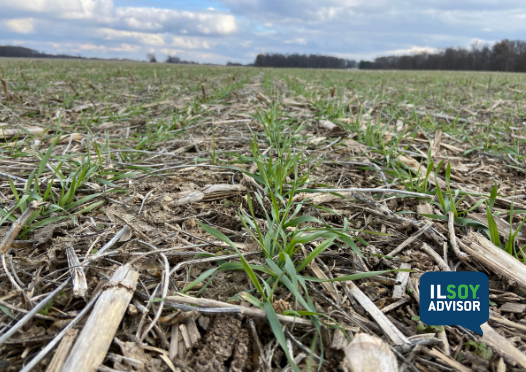 March 14, 2022 |
 February 25, 2022 Investments in sustainable initiatives are becoming mainstream since long term resilience is a priority for the marketplace. Leaders not only have to focus on day-to-day operations, but also devise and monitor ways to protect critical resources. In agriculture, producers and consumers are... |
Pages
ILSoyAdvisor Weekly Updates
Upcoming ILSoyAdvisor Webinars
There are no upcoming webinars at this time. See past webinars and sign up to receive information about future webinars.
SIGN UP
All Resources

The University of Illinois crop science annual report details the applied research trials and data that are available to share with the public. Research results cover field crops, pest and disease control.

Understanding and being able to correctly identify the growth stages of soybean is important for making sound agronomic management decisions. This guide describes the growth stages starting with germination, progressing through the vegetative stages (V) and concluding with the reproductive stages (R).
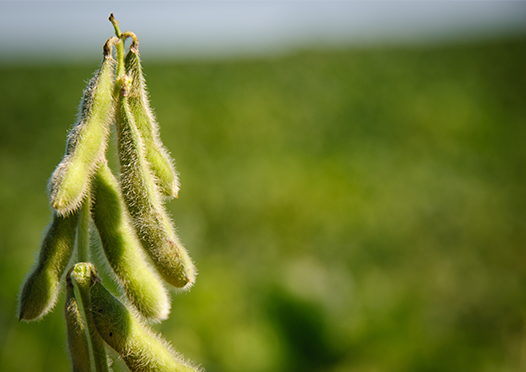
The Cover Crop Decision Tools are an initiative by the Midwest Cover Crop Council (MCCC) to consolidate cover crop information by state to help farmers make cover crop selections at the county level. Information for each state/province is developed by a team of cover crop experts including university researchers, Extension educators, NRCS personnel, agriculture department personnel, crop advisors, seed suppliers and farmers. The team reviewed and refined information from the Sustainable Agriculture Research and Education (SARE) publication Managing Cover Crops Profitably, 3rd edition to refine application within their state/province. The information and ratings contained in the Cover Crop Decision Tool is the team consensus based on literature, research results, on-farm experience and practical knowledge.

The Illinois Soybean Association and Illinois Wheat Association believe that Double-Crop Systems can be more profitable when farmers use the latest tools and technologies. When managed properly, double-crop systems can provide a positive return on investment for farmers, while improving soil health and protecting downstream water quality.
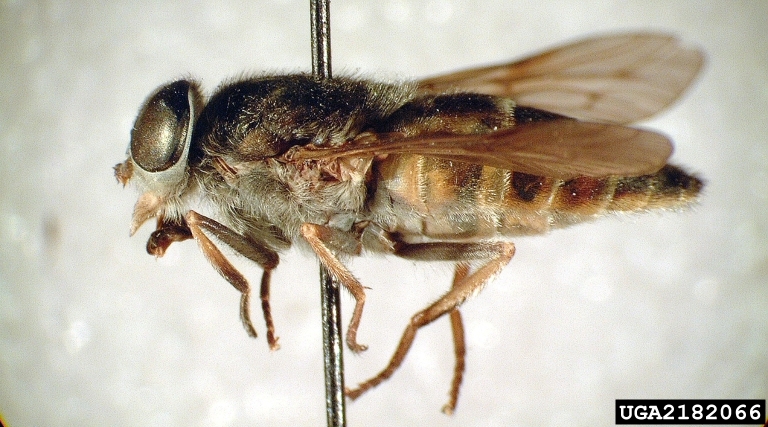
Bugwood Images is a grant-funded project that was started in 1994 by the University of Georgia’s Center for Invasive Species and Ecosystem Health. The website was launched in 2001 and has grown and received a great deal of recognition since then. Bugwood Images provides an easily accessible archive of high quality images for use in educational applications. It is made up of five major website interfaces. These are ForestryImages, IPMImages, InsectImages, WeedImages, and Invasive.org.
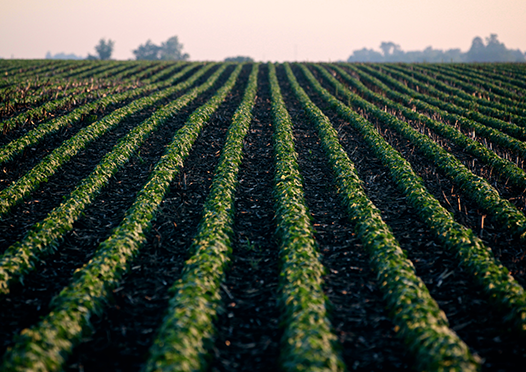
The Illinois Nutrient Loss Reduction Strategy (Illinois NLRS or the strategy) is a framework for using science, technology, and industry experience to assess and reduce nutrient loss to Illinois waters and the Gulf of Mexico. The strategy will direct efforts to reduce nutrients from point and non-point sources in a coordinated, primarily voluntary, and cost-effective manner.

This prevent plant summary for soybean growers provides seven tips and considerations if you are planning to take prevent plant this year.
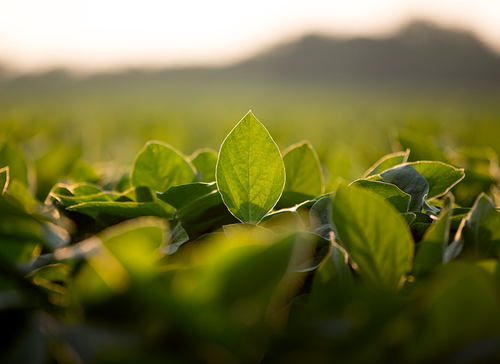
Over the past few years, many producers became accustomed to high commodity prices. However, with prices now on the decline and costs remaining high, farmers face a more challenging financial situation. This brochure provides information and ways for farmers to be more profitable on their farm.

Fred Below, Ph.D., University of Illinois evaluated soybeans for research on “The Six Secrets of Soybean Success," a concept for producing high-yield soybeans from 2012 to 2016. Six Secrets demonstrates how growers can put technologies together for increasing soybean yields through intensive crop management.

Managing soybean cyst nematode (SCN) involves more than just planting an SCN-resistant variety. You need to know your number. Here’s why: nearly all SCN-resistant varieties have the same source of resistance: PI 88788; SCN Populations are adapting and reproducing on PI 88788 — they’re becoming resistant to the resistance; and as SCN reproduction increases, yield decreases.
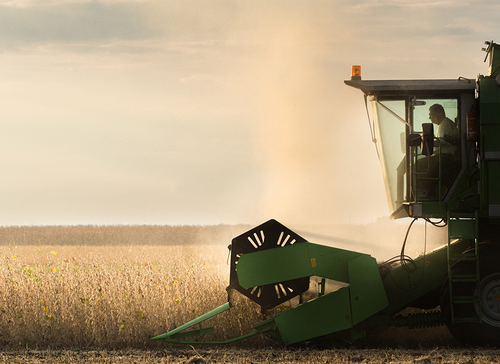
The Illinois Soybean Association focuses on targeted strategy to maximize profitability and produce measurable results for Illinois soybean farmers. As we approach the year 2020, our objectives include: utilize 600 million bushels of Illinois soybeans, develop the highest quality soybean, soy oil and soy meal products, implement best management practices to maximize profitability, and increase soybean production in a sustainable manner to meet global market needs.
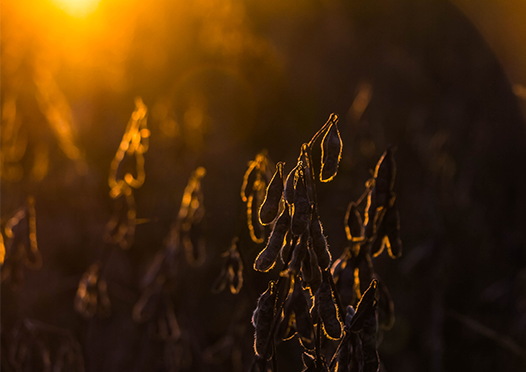
Seed treatments provide farmers with an economical way to protect their crops against damaging pests and diseases. Treated seeds generally result in more uniform stands, healthier plants and higher crop yields.

The Illinois Statewide Nutrient Loss Reduction Strategy (NLRS) is designed to improve Illinois water quality and the quality of water leaving the state. We strongly support the use of voluntary, incentive-based programs focused on the implementation of best management practices (BMPs) to address nutrient losses from Illinois farm fields.
Illinois Field & Bean Magazine
Stay Connected
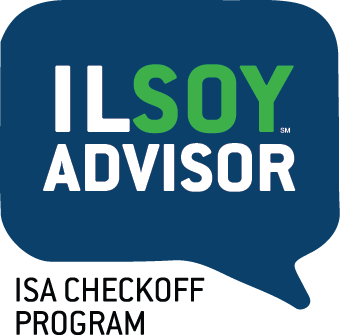
CCA SOYBEAN MASTER ADVISER Award


